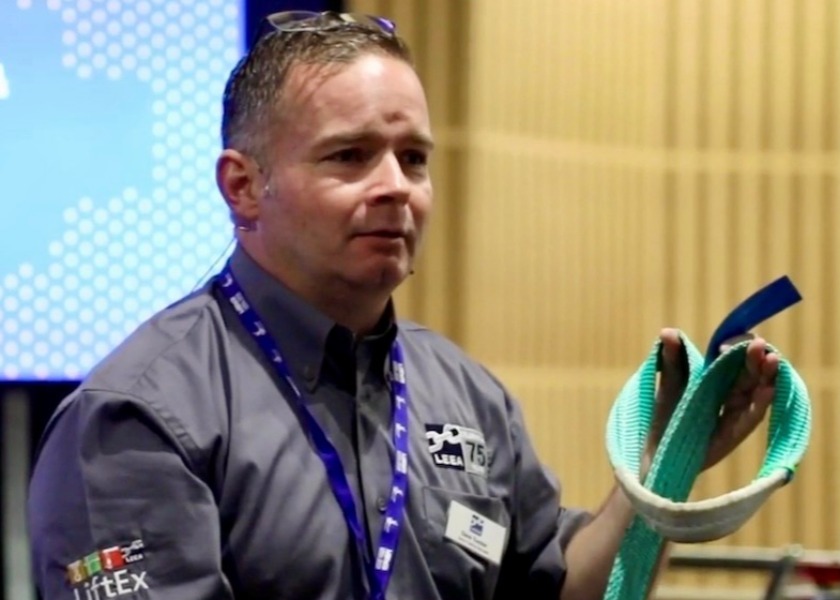
Eurocord on the new Machinery Regulation
Marc Eijssen & Susanna Wolfram, EUROCORD’s EU liaison team, shed light on the effects of the new Machinery Regulation on textile ropes, chains and webbing for lifting purposes and on lifting accessories.
The European Union’s Machinery Directive is about to be replaced by a new Machinery Regulation on January 20 2027. This will have several implications, and among those to be affected will be manufacturers and users of textile lifting accessories and chains, ropes and webbing for lifting purposes as part of lifting machinery or lifting accessories. Eurocord, the association representing rope, twine and netting manufacturers, has taken the opportunity to address some of the gaps and inconsistencies that have become apparent in the existing Directive and their implications.
The new regulation will make life simpler in one important respect. Whereas directives have to be transposed into national legislation by each member state, with all the possibilities for differing interpretations, a regulation automatically applies across the EU as written.
For many products there are already so-called harmonised standards in place written by the European standards body, the European Committee for Standardization (CEN). Where products comply with a harmonised standard, they are presumed to also conform to the Machinery Directive (“presumption of conformity”). EN 1492-1, 1492-2 and 1492-4 are harmonised standards covering respectively web slings, round slings and rope slings made with PP, PA and PET fibres intended to be used for general-purpose lifting. However, textile lifting accessories made from fibres such as High Modulus Polyethylene (HMPE) or Aromatic Polyamide (Aramid) are not covered by these standards and there are no harmonised standards at all for textile hoisting ropes. Additionally, the existing standards are for ‘general-purpose’ lifting, not for engineered solutions. Regardless of the intended purpose, textile lifting accessories and hoisting lines shall be fit for the intended purpose and designed based on a system approach, where ‘fit for purpose’ implies that attention should be paid to more than just a breaking strength, diameter and/or the correct effective working length.
Without proper harmonised standards, other standards can be used as a reference not creating a presumption of conformity. Creation of revised or new harmonised standards would ease compliance with the current directive and new regulation.
Eurocord submitted a position paper to the European Commission last year which describes technical measures reflecting the state of the art in the (textile) lifting industry and building on a lot of knowledge and experience gained with textile lifting accessories having working coefficients as low as 3.38 and used in non-routine/engineered lifting operations – for example, in the offshore field of use.
This reasoning and the resulting measures to be taken will reduce the uncertainties which have dictated that slings, even in routine/general-purpose lifting operations, require a higher working coefficient ‘as a general rule’.
The European Commission has taken Eurocord’s views on board and has asked CEN/TC168 WG3 , the relevant CEN working group, to reflect this position in their revision of the EN 1492 series.
This revision is already under way. Beside adding high-performance fibers, such as HMPE and aramids, to the standards, the revision will cover textile lifting accessories for both general-purpose and engineered lifting operations. The preliminary revisions of EN 1492-2 and EN 1492-4 are to be expected during the first half of 2025 and there is a lot more work to be done. Standards from the old regime must be revised or amended at the latest by Jan. 2034. This may seem far away but given the number of standards and the revision efforts required, this is nevertheless a challenge for the standardisation work groups.
A further adhoc group within CEN TC 168 WG3 will soon take up work on a new (harmonised) standard for textile hoisting ropes.
Additionally, the new Guide to the Application of the Machinery Regulation will be written by the Editorial Committee of the European Commission and Eurocord is being invited to contribute actively to the relevant Editorial Group.
During Global Lifting Awareness Day on 12 June 2025, a more comprehensive update on this complex topic will be provided.



